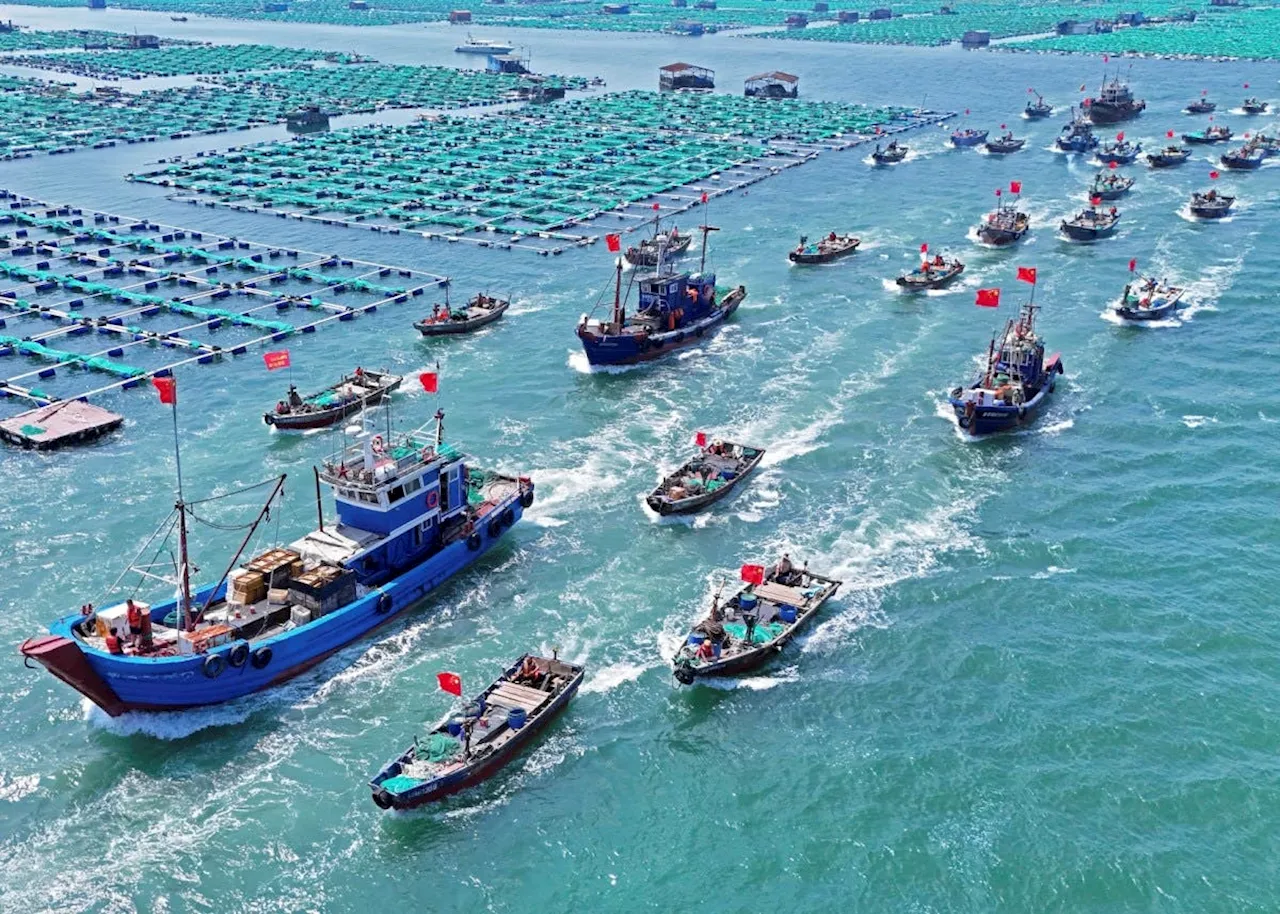UPDATE: In a crucial development, U.S. Defense Secretary Pete Hegseth announced just hours ago that the United States and China have agreed to establish direct military-to-military communication channels. This agreement aims to enhance dialogue amidst rising tensions in the South China Sea.
Hegseth confirmed the news following a conversation with his Chinese counterpart, Admiral Dong Jun, on the sidelines of a regional security meeting in Kuala Lumpur, Malaysia. Hegseth stated, “Peace, stability, and good relations are the best path for our two great and strong countries.” This announcement comes as a surprising counterpoint to Hegseth’s earlier warnings to Southeast Asian nations regarding China’s “destabilizing” actions in the region.
During his address at the ASEAN meeting, Hegseth criticized China’s expansive territorial claims in the South China Sea, asserting that they contradict commitments to peaceful dispute resolution. “We seek peace. We do not seek conflict,” he emphasized, urging ASEAN nations to bolster their maritime forces against potential Chinese aggression.
The South China Sea remains a flashpoint, with China asserting dominance over nearly the entire area, while nations like the Philippines, Vietnam, and Malaysia also assert claims. The Philippines, a key U.S. ally, has experienced frequent confrontations with Chinese maritime forces and has called for a stronger regional stance against Beijing’s aggression.
Earlier today, Hegseth also spoke with former President Donald Trump, who echoed sentiments about improving U.S.-China relations, stating, “The relationship between the U.S. and China has never been better.” Such remarks highlight the complex nature of U.S. diplomacy, which seeks to balance deterrence with cooperation.
Critically, Hegseth’s discussions included a call for the rapid conclusion of a long-awaited Code of Conduct concerning maritime behavior in the South China Sea. He proposed the development of shared maritime surveillance systems to ensure that any ASEAN member facing aggression is not isolated.
As tensions grow, China has dismissed U.S. criticisms, accusing Washington of provoking instability through its military presence. Beijing’s representatives labeled the Philippines a “troublemaker” after recent joint naval exercises with the U.S., Australia, and New Zealand, asserting that such drills threaten regional peace.
Looking ahead, the U.S. and ASEAN nations are planning a maritime exercise set for December, aimed at strengthening regional coordination and upholding freedom of navigation in contested waters. This exercise is seen as a pivotal step in reinforcing collective security against China’s assertive territorial claims.
With the stakes higher than ever, both the U.S. and China are navigating a delicate balance between confrontation and cooperation. The establishment of direct military communication channels may provide a vital lifeline to prevent miscalculations in a region fraught with tension.
Stay tuned for more updates as this story develops.







